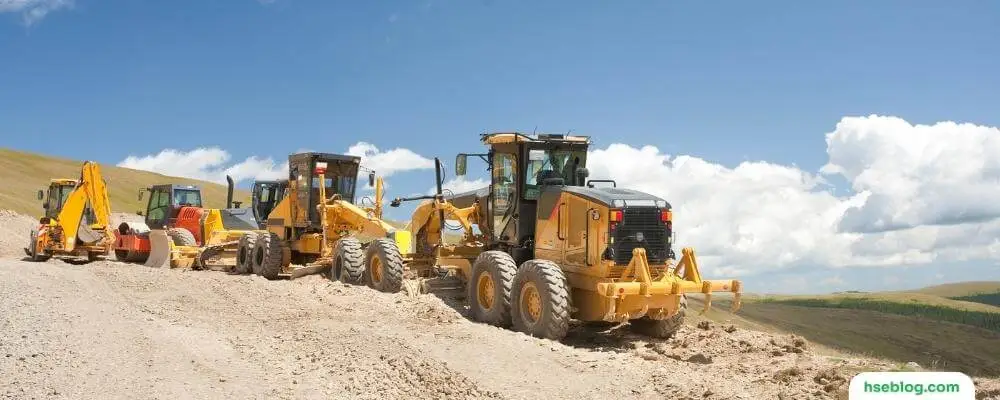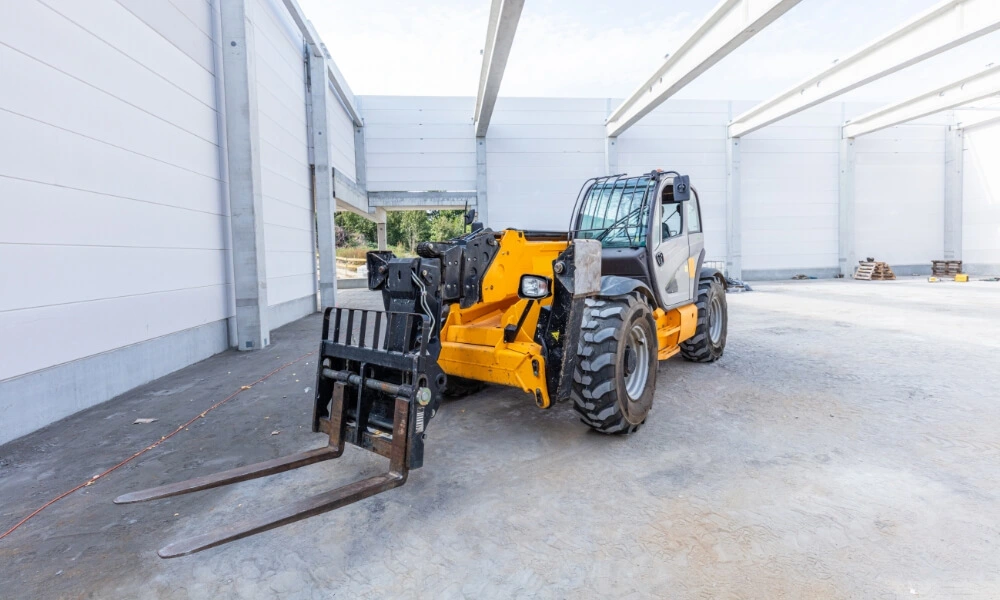Managing vehicle movements represents a significant factor in operational safety across various industries, from manufacturing and construction to logistics and warehousing. This vital process involves an intricate blend of well-established protocols, modern technology, and adherence to stringent safety measures.
Our comprehensive guide explores the key components of effective vehicle movement management. Our guide encompasses everything from preventative maintenance and driver training to the design of safe traffic routes and emergency response plans. In this ever-evolving field, staying updated on best practices is crucial for enhancing efficiency, reducing downtime, and, most importantly, ensuring the safety of everyone involved.
Management Of Vehicle Movements
Effective management of vehicular movement is a crucial aspect of operational safety in various settings, such as manufacturing plants, construction sites, and warehouses. This involves establishing safety protocols for drivers, conducting regular vehicle maintenance, and implementing driver training programs. Effective vehicular management requires developing a comprehensive driver code of conduct, adherence to site-specific rules, and maintaining detailed records for vehicle maintenance and inspections.
1. Essential Vehicle Maintenance and Record Keeping
All vehicles should be subjected to preventive maintenance schedules. Detailed records of these maintenance procedures should be kept to ensure the cars perform optimally and are safe for use. Certain vehicles, like mobile cranes, need consistent vehicle safety inspection by skilled personnel and valid test certificates to prove their safety and functionality.

2. Addressing Risky Vehicle Movements
Certain vehicular movements carry greater risk than others, with reversing being one notable example. Safe systems should be established for such operations. For instance, lorry reversing should be minimized and confined to specific areas. Vehicles must be equipped with reverse warning systems and the ability to signal their approach. Safety measures like pedestrian refuges can protect individuals from reversing vehicles. Similarly, those directing reversing vehicles (banksmen) must be aware of pedestrians potentially crossing the vehicle’s path.
3. Pedestrian Safety and High Visibility Clothing
Another safety consideration is the provision of high-visibility clothing to enhance visibility, especially in areas of heavy vehicle movement. Pedestrians should be directed to use designated walkways and crossing points and follow all safety signage. Separate entrances should be used by vehicles and pedestrians to prevent accidents. Visitors who may not be familiar with the site should be guided through the premises to ensure their safety.
4. Fire Risk and Battery Charging
Vehicle-associated activities such as battery charging and refueling could increase fire risk. Therefore, batteries should be recharged in separate, well-ventilated areas to prevent fire hazards.
5. Comprehensive Driver Training
Proper driver training is indispensable in vehicular management. Only certified drivers should operate vehicles, and their training must be tailored to the specific type of vehicle they will be driving. Additionally, drivers should undergo regular refresher training sessions and medical examinations. A comprehensive system to ensure driver competence, including maintaining detailed records of their training and certifications, is essential.
6. Reversing Large Vehicles and Design Features to Minimize Risks
In some cases, reversing large vehicles is unavoidable, particularly at loading bays. When this occurs, measures should be implemented to manage risks. These include conducting risk assessments, creating a safe work system, restricting reversing to safe areas, ensuring pedestrian safety, providing high-visibility clothing, installing reversing alarms and detection devices, and employing banksmen to oversee vehicle movement.

There are design features that can reduce risks associated with vehicular movement. These include designing traffic routes with appropriate width and headroom, removing sharp bends, installing one-way systems, introducing speed limits, providing adequate lighting, and segregating pedestrian and vehicular routes.
Procedural arrangements should be put in place to support these design features. These may include selecting and training competent drivers, conducting regular health screenings for drivers, maintaining traffic routes and vehicles, implementing defect-reporting systems, and enforcing speed limits.
7. Driver Fatigue Management
Fatigue can significantly impact a driver’s reaction time, judgment, and ability to control their vehicle. Therefore, a driver fatigue management program should be implemented. This includes setting maximum work hours, mandatory break times, and potentially offering facilities for rest.
8. Alcohol and Drug Policies
Alcohol and drugs can impair a driver’s ability to safely operate a vehicle. Hence, it’s essential to establish clear policies prohibiting the use of alcohol or drugs while operating a vehicle, and regular testing might be necessary in some workplaces.
9. Emergency Response Plans
Even with the best preventative measures, accidents can still occur. An emergency response plan should be in place to provide clear instructions on managing vehicular accidents. This might involve first aid procedures, emergency contact numbers, and procedures for reporting and investigating incidents.
10. Vehicle Safety Features and Technology
Advanced safety features and technologies can enhance vehicle safety, such as collision warning systems, automatic braking systems, and vehicle stability controls. Therefore, when possible, vehicles equipped with these features should be used.
11. Environment Consideration
Environmental factors can also impact vehicle safety. For instance, weather conditions like rain, fog, or snow can make roads slippery and reduce visibility. An effective vehicle management program should account for these factors, perhaps through weather tracking and appropriate vehicle maintenance.

12. Safety Culture
A strong safety culture is a cornerstone of any effective vehicle management program. This involves promoting safety values among employees and encouraging them to actively participate in safety measures. This might include regular safety meetings, awards for safe behavior, and open communication about safety concerns.
13. Signage and Road Markings
Clear signage and road markings can help to regulate vehicular movement and reduce the risk of accidents. These could indicate speed limits, pedestrian crossings, no-entry zones, and other essential information.
14. Cyclist and Motorcyclist Safety
If cyclists and motorcyclists share the road with other vehicles, special measures should be taken to ensure their safety. This could involve designated lanes for cyclists and motorcyclists and extra training for drivers on awareness of these road users.
Conclusion
In conclusion, the efficient management of vehicle movements is fundamental to maintaining safety and optimizing operations in numerous industries. Adherence to preventive maintenance schedules, implementation of comprehensive driver training, consideration of vehicle safety features, and emergency planning are all integral components of an effective vehicular management system.
By fostering a robust safety culture, employing advanced technology, and keeping pace with the latest best practices, businesses can significantly enhance their safety measures, reduce risks, and contribute to a more productive and secure working environment. Remember, safety isn’t just a protocol; it’s a responsibility.

